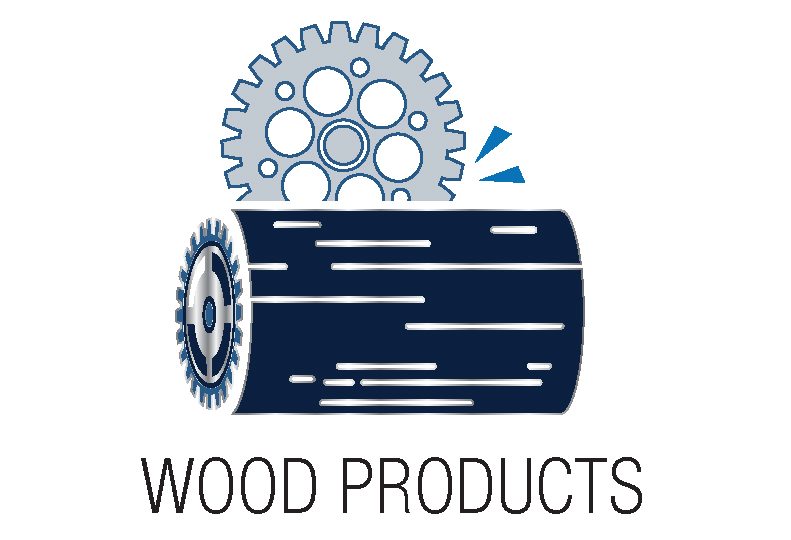
Home » Stable demand, prices expected for wood products
Stable demand, prices expected for wood products
Industry grappling with trade, production issues

December 19, 2019
.jpg) After a year of recovering from a late 2018 lumber price drop, pricing and demand are likely to remain fairly steady in 2020, some wood products industry observers say, despite some regional issues with supply.
After a year of recovering from a late 2018 lumber price drop, pricing and demand are likely to remain fairly steady in 2020, some wood products industry observers say, despite some regional issues with supply.
Joel White, executive officer of the Spokane Home Builders Association, says data compiled by Cedar City, Utah-based Construction Monitor Inc. show the number of single-family residential permits issued so far in Spokane County this year is similar to 2018, while the number of multifamily permits has risen by about 12%.
Housing construction remains the major driver of lumber demand.
An ongoing need for housing continues to drive construction of new multifamily projects, White says.
“I’ve talked to a couple of the investor types who are building these big complexes, and they were making good money, and now they’re saying, ‘Hey, there’s enough demand, let’s build another 144 units,’” he says. “I think demand is going to keep at a fairly level pace.”
Along with demand for wood products, overall framing lumber commodity prices remain fairly high at about $373 per thousand board feet, compared to the May 2018 all-time peak of $582 or a January 2009 10-year low of $138, White says, citing data from Random Lengths, a Eugene, Oregon publication that tracks lumber prices and forest-products industry activity.
Shawn Church, editor of Random Lengths, says North America’s lumber supply took a hit this year due to issues with British Columbia’s forests.
“They’ve had their harvests cut back after the historic mountain pine beetle epidemic that wiped out a lot of lodgepole forests in the interior,” Church says. “The industry continues to adapt to the new realities of reduced annual allowable cuts. There have been a number of mill closures in the province this year.”
Dustin Jalbert, senior lumber economist at Fastmarkets RISI, a Boston-based provider of forest products commodities data and market analysis that owns Random Lengths, says the industry in British Columbia and the U.S. Pacific Northwest region has seen further challenges due to high log and transportation costs. Production capacity is down more than 2.5 billion board feet of lumber from the British Columbia market, he says, in addition to half a billion board feet of capacity lost from the U.S. Pacific Northwest region.
Despite regional issues with pricing and supply, Jalbert says trade disputes pose one of the greatest threats to the industry as a whole.
“We have this looming trade war that’s weighed on business sentiment and we think is going to spill over into sluggish business investments into 2020,” Jalbert says. “That sort of sluggish business investment and challenges on the manufacturing side are going to spill over onto employment growth and wage growth, and dampen some prospects for housing in 2020.”
Tim Borg, general manager at the Spokane offices of Texas-based Builders FirstSource, says local lumber demand likely will remain high as more people move to the Spokane area and local developers build more single-family and multifamily housing to accommodate them.
“And you have new businesses moving into town that should be opening up next year, so that’ll mean even more people moving into the community,” Borg says.
PotlatchDeltic Corp., the Spokane-based forest-products company, reported third-quarter net income of $20.6 million, or 30 cents a diluted share, on revenues of $226.3 million. That’s a decrease from earnings of $60.4 million, or 93 cents a diluted share, on revenues of $190 million in the third quarter of 2018.
Clearwater Paper Corp., the Spokane-based pulp and paper product maker, reported third-quarter net income of $11 million, or 66 cents per diluted share, a decrease from third quarter 2018 earnings of $34.4 million, or $2.08 a share. The company attributes the income slip to planned major maintenance at its Lewiston, Idaho, mill, higher input costs for pulp and wood fiber, and increased depreciation and interest expense.
Latest News Manufacturing North Idaho
Related Articles
Related Products



![Brad head shot[1] web](https://www.spokanejournal.com/ext/resources/2025/03/10/thumb/Brad-Head-Shot[1]_web.jpg?1741642753)
